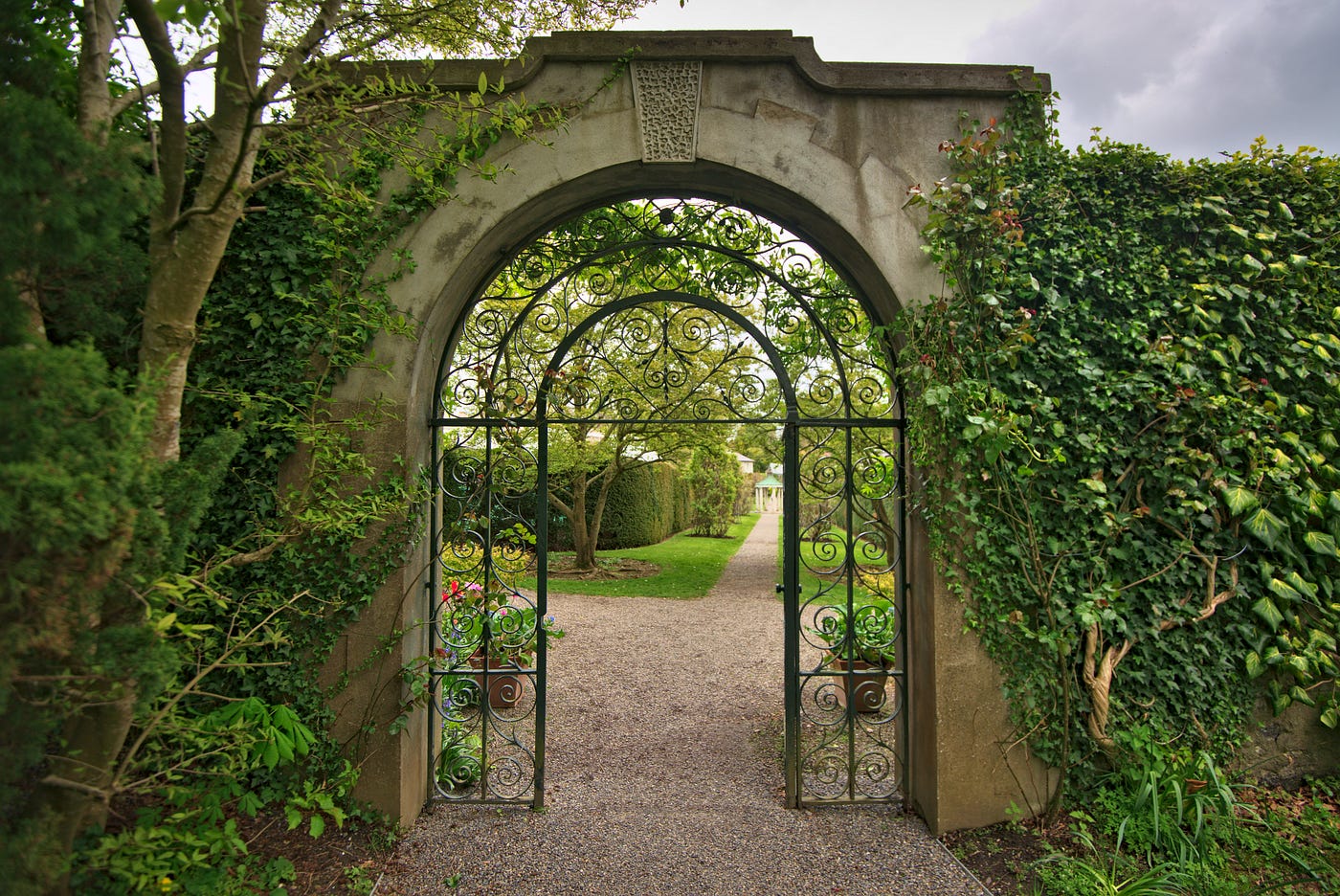

Articles
What Is Walled Garden
Modified: January 6, 2024
Discover the beauty and benefits of gardening in a walled garden. Learn how to create your own oasis and cultivate a thriving garden with our expert tips and advice.
(Many of the links in this article redirect to a specific reviewed product. Your purchase of these products through affiliate links helps to generate commission for Storables.com, at no extra cost. Learn more)
Introduction:
In the ever-evolving world of digital technology, the concept of “walled gardens” has become increasingly prominent. But what exactly is a walled garden, and how does it relate to the field of gardening? In this article, we will explore the fascinating concept of walled gardens from both a historical and technological perspective, shedding light on their pros and cons, their presence in various industries, and the challenges they pose. So, grab your gardening gloves and let’s dig deeper into the world of walled gardens!
A walled garden is essentially a confined and controlled ecosystem, characterized by a set of restrictions and limitations. In the world of gardening, a walled garden refers to a protected area, usually enclosed by walls or hedges, where plants are cultivated and nurtured. Similarly, in the digital realm, a walled garden refers to a closed ecosystem, typically created and maintained by a specific technology platform or service provider.
The concept of walled gardens has its roots in ancient times when physical walled gardens were constructed to protect delicate plants from the harsh elements and unwanted intruders. These gardens were carefully designed and tended to, creating a serene and controlled environment for plants to thrive. Over time, the term “walled garden” expanded beyond its horticultural origins and found its way into various industries, including technology and media.
Walled gardens in the digital realm are often seen in the context of internet platforms and services such as social media networks, search engines, app stores, and streaming platforms. In this context, a walled garden refers to a closed ecosystem where the platform owner exerts significant control over both the content and the user experience within their platform. This control can include deciding what content is allowed, how it is presented, and how user data is collected and used.
The concept of walled gardens gained particular prominence with the rise of the internet and the emergence of technology giants like Apple, Facebook, Google, and Amazon. These tech companies developed their own closed ecosystems, offering a range of products and services that operate within their controlled environments. These ecosystems aim to provide users with a seamless and integrated experience, often enticing them to stay within the confines of the ecosystem.
While walled gardens offer certain advantages, such as convenience, customization, and enhanced security, they also come with their fair share of limitations and concerns. Throughout this article, we will explore the pros and cons of walled gardens in more detail, as well as examine specific examples in different industries. So, put on your gardening hat as we delve deeper into the fascinating world of walled gardens!
Key Takeaways:
- Embracing the concept of walled gardens, tech giants like Apple, Facebook, and Google have created closed ecosystems offering convenience and security, but also raising concerns about user freedom and competition.
- The future of walled gardens is uncertain, with regulatory scrutiny, user demands, technological advancements, and decentralized technologies shaping their direction. Balancing benefits with user choice and data privacy is crucial.
Read also: 10 Amazing Indoor Garden Wall For 2024
Definition of Walled Garden:
In the world of technology, a walled garden refers to a closed ecosystem or platform that is tightly controlled by a specific company or service provider. It is a controlled environment where the platform owner regulates and monitors the content, applications, and services that are available to users. This control extends to user data, advertising, and overall user experience within the walled garden.
Walled gardens are typically created by industry giants such as Apple, Facebook, Google, and Amazon, who develop their own platforms and services. These platforms are designed to keep users engaged within their ecosystem, offering a range of interconnected products and services that work seamlessly together. Examples include Apple’s iOS ecosystem with its devices, App Store, and iCloud services, or Facebook’s social media platform along with its messaging services and advertising network.
One defining characteristic of a walled garden is the limited interoperability or integration with external platforms or services. Users are encouraged to remain within the confines of the walled garden, using only the approved and supported applications and services offered by the platform owner. This can limit the freedom and flexibility of users, as they are restricted to the options and choices provided within the closed ecosystem.
Additionally, walled gardens often involve the collection and utilization of user data. Platform owners have access to valuable user information, including demographic data, preferences, and behaviors. This data can be utilized for targeted advertising, personalized recommendations, and improving the overall user experience. However, this level of data collection and control raises concerns about privacy and data security.
Walled gardens also encompass the regulation and moderation of content within the platform. Platform owners have the authority to decide what content is allowed, what is restricted, and what is banned. This control is intended to ensure the quality and safety of the environment, but it can lead to censorship and limited access to information.
Overall, the concept of a walled garden in the tech industry revolves around creating closed ecosystems where the platform owner maintains significant control over the user experience, content, and services. While these closed environments offer benefits such as convenience, integration, and enhanced security, they also raise concerns about user freedom, competition, and data privacy. As technology continues to evolve, the prevalence and impact of walled gardens will undoubtedly continue to shape the digital landscape.
History of Walled Gardens:
The concept of walled gardens has a rich history that stretches back thousands of years. The origins of walled gardens can be traced to ancient civilizations, where they were first created as a means to cultivate and protect plants.
One of the earliest recorded examples of walled gardens is the Hanging Gardens of Babylon, one of the Seven Wonders of the Ancient World. Built around 600 BC by King Nebuchadnezzar II, these extensive terraced gardens were designed to mimic the lush green landscapes of the king’s homeland. The walls surrounding the gardens not only served to protect the vegetation from the harsh desert environment but also provided privacy and allowed for precise irrigation and cultivation.
Throughout history, walled gardens became a common feature in various cultures, including ancient Persia, Renaissance Europe, and Islamic gardens. These enclosed spaces were regarded as symbols of status and power, showcasing the wealth and sophistication of their owners. They were meticulously designed and maintained, often featuring elaborate landscaping, water features, and exotic plant collections.
The concept of walled gardens eventually extended beyond the realm of horticulture and found its way into the digital landscape. With the advent of the internet and the rise of technology companies, the term “walled garden” was adopted to describe closed ecosystems created by platforms and service providers.
In the 1990s and early 2000s, AOL (America Online) was one of the pioneers in establishing a digital walled garden. AOL created its own closed online community where users could access exclusive content, chat rooms, and email services, while also providing a curated internet experience within the AOL platform. This controlled environment provided a sense of safety and simplicity for users, but it also limited access to the broader internet.
Another notable example of a walled garden is Apple’s iOS ecosystem. Since the launch of the iPhone in 2007, Apple has created a tightly controlled environment that includes its devices, the App Store, and iCloud services. Apple’s ecosystem offers a seamless and integrated experience for users but restricts app downloads to only those available on the App Store and limits the customization options that users have.
Walled gardens have continued to evolve and expand in the digital age. Social media platforms such as Facebook and Instagram, search engines like Google, and e-commerce giants such as Amazon have all created their own closed ecosystems, exerting significant control over content, data, and user experience within their platforms.
As technology continues to advance, the history of walled gardens serves as a reminder of how the concept has evolved from its physical origins in horticulture to become a fundamental aspect of our digital lives. While walled gardens offer certain benefits such as convenience and integration, they also raise concerns about user freedom, competition, and data privacy. Understanding this history allows us to navigate and critically examine the impact of walled gardens in today’s digital landscape.
Pros and Cons of Walled Gardens:
Walled gardens in the digital realm, such as closed ecosystems created by tech giants like Apple, Facebook, and Google, offer a range of benefits and drawbacks. Let’s explore the pros and cons of walled gardens to get a better understanding of their impact.
Pros:
- Convenience and Integration: Walled gardens provide a seamless and integrated experience for users. They offer a one-stop-shop for various services, allowing users to access apps, content, and features without having to navigate multiple platforms or rely on external services.
- Enhanced Security: Walled gardens often have strict control over content and applications, which can help mitigate security risks and protect users from malicious or harmful software. The platform owner ensures that all apps go through a vetting process, reducing the likelihood of malware or phishing attacks.
- Consistent User Experience: Walled gardens allow for a standardized user experience across devices and applications. This consistency makes it easier for users to navigate and adapt to various services within the ecosystem, as they are designed to work seamlessly together.
- Quality Control: Walled gardens enable platform owners to regulate and moderate content, ensuring that it meets certain quality standards. This control helps maintain a certain level of reliability, reducing the presence of spam, fake news, or offensive content.
- Personalization and Recommendation: Platform owners often have access to valuable user data, which they can utilize to provide personalized recommendations and targeted advertising. This personalization can enhance the user experience, offering relevant content and suggestions based on user preferences and behaviors.
Cons:
- Limited Choice and Flexibility: One of the main drawbacks of walled gardens is the restricted choice of apps, content, and services. Users are limited to what is available within the closed ecosystem and may not have the flexibility to use alternative options that may better suit their needs.
- Data Privacy Concerns: Walled gardens often collect and utilize user data for various purposes, such as targeted advertising and personalization. This level of data collection raises concerns about user privacy and the potential for data misuse or breaches.
- Lack of Interoperability: Walled gardens are typically less interoperable with external platforms and services. This lack of integration can limit the ability to seamlessly transfer data or use applications that are not supported within the closed ecosystem.
- Competition and Innovation: Walled gardens can hinder competition and innovation within the industry. By controlling the entire user experience, platform owners may create barriers for competing services or limit the ability for smaller companies to enter the market, potentially stifling innovation and limiting user choice.
- Censorship and Information Control: The control exerted by platform owners over content within the walled garden can lead to censorship and limited access to information. This can raise concerns about freedom of speech and the ability to access diverse perspectives.
It is important to consider both the advantages and disadvantages of walled gardens in order to make informed decisions about the platforms and services we choose to engage with. While they offer convenience, integration, and enhanced security, concerns about limited choice, data privacy, and competition remain important considerations in the ongoing debate surrounding walled gardens.
Examples of Walled Gardens:
Walled gardens have become a common phenomenon in the digital landscape, with many major tech companies creating closed ecosystems that offer a range of interconnected services. Let’s take a look at some prominent examples of walled gardens to understand their impact and influence.
- Apple’s iOS ecosystem: Apple’s iOS ecosystem is a prime example of a walled garden. It includes a range of devices such as iPhones, iPads, and Macs, along with a tightly controlled App Store and iCloud services. Apple creates a cohesive and integrated experience for its users, ensuring that all apps go through an approval process and limiting customization options. Users within the iOS ecosystem benefit from the convenience, security, and seamless integration of Apple’s ecosystem, but are also limited to the choices and options provided by Apple.
- Facebook’s social media platform: Facebook’s platform operates as a walled garden, creating a closed digital ecosystem for its users. Within the platform, users can connect with friends, share content, and access a variety of services such as Facebook Messenger and Marketplace. Facebook tightly controls the content and advertising on its platform, utilizing user data to personalize the user experience and provide targeted advertising. While Facebook’s walled garden offers a convenient and interconnected experience, it also raises concerns about data privacy and the influence of a single platform on the flow of information.
- Google’s ecosystem: Google has created a comprehensive walled garden through its various services and platforms. Google’s ecosystem includes search engine dominance, Google Drive for cloud storage, Gmail for email, and Android as its mobile operating system. Google’s interconnected services offer convenience, seamless integration, and personalized recommendations based on user data. However, they also position Google as a gatekeeper of information and raise concerns about data privacy as Google collects user information across its ecosystem.
- Amazon’s e-commerce ecosystem: Amazon’s ecosystem is centered around its e-commerce platform. Amazon not only offers a wide range of products for purchase but also provides services such as Amazon Prime for streaming entertainment, Amazon Web Services (AWS) for cloud computing, and Alexa for voice assistance. The closed nature of Amazon’s ecosystem, which keeps users within its platform for their shopping and entertainment needs, has contributed to Amazon’s dominance in the e-commerce market. However, this dominance has also raised concerns about competition and the potential impact on other retailers.
- Netflix’s streaming platform: Netflix operates as a walled garden in the entertainment industry. With its vast library of movies and TV shows, Netflix keeps users engaged within its platform, offering a personalized and seamless streaming experience. While Netflix provides users with convenience and recommendation algorithms to enhance their viewing experience, it also limits access to content outside of its platform, creating a closed ecosystem for its subscribers.
These are just a few examples of walled gardens that exist in the tech industry. Each of these ecosystems offers unique benefits and limitations, showcasing the impact of closed environments on user experience, choice, and data privacy. Understanding these examples allows us to navigate the digital landscape and make informed decisions about the platforms and services we engage with.
A walled garden refers to a closed ecosystem or platform where the content and services are controlled by a single company. Be aware of the limitations and restrictions when using products or services within a walled garden.
Read more: How To Build A Brick Garden Wall
Walled Gardens in the Tech Industry:
In the tech industry, the concept of walled gardens has gained significant traction, with major players creating closed ecosystems that offer a range of interconnected services. These walled gardens provide a controlled and cohesive user experience, but also raise concerns about competition, data privacy, and user choice. Let’s explore some notable examples of walled gardens in the tech industry and their impact.
- Apple: Apple’s iOS ecosystem is a prime example of a walled garden. The closed nature of Apple’s platform allows for seamless integration between devices, apps, and services. However, it also means that users are limited to Apple’s approved apps available on the App Store, and customization options are more restricted compared to other platforms. Apple’s walled garden strategy has contributed to its brand loyalty and the success of its products.
- Facebook: Facebook’s social media platform operates as a walled garden, offering a comprehensive suite of services including Facebook, Instagram, Messenger, and WhatsApp. Users are encouraged to stay within the Facebook ecosystem to connect with friends, share content, and communicate. While this closed environment provides convenience and integration, it also raises concerns about data privacy and the influence of a single platform on the flow of information.
- Google: Google’s ecosystem encompasses various services, including the dominant search engine, Gmail, Google Drive, and Android. Users within the Google ecosystem benefit from seamless integration, personalized recommendations, and access to a wide range of services. However, the control Google exerts over these services raises concerns about data privacy and the influence of a single company over the flow of information.
- Amazon: Amazon’s e-commerce ecosystem is a major walled garden, offering not only a vast selection of products but also services such as Amazon Prime and Alexa. Amazon’s closed ecosystem ensures that users stay within its platform for their shopping and entertainment needs. This has contributed to Amazon’s dominance in the e-commerce market, but also raises concerns about competition and the potential impact on other retailers.
- Microsoft: Microsoft has developed its walled garden through its Windows operating system and the Office suite of applications. The Windows ecosystem provides a seamless experience across devices, with users relying on Microsoft products for their productivity and computing needs. While Microsoft has opened up to some extent with cross-platform compatibility, its ecosystem remains a closed environment that caters to its suite of products.
The prevalence of walled gardens within the tech industry has led to debates around issues such as data privacy, user choice, and competition. Critics argue that these closed ecosystems can limit innovation, restrict user freedom, and create monopolistic tendencies. On the other hand, proponents argue that walled gardens provide a cohesive and secure user experience, enabling seamless integration and enhanced convenience.
As technology continues to advance, the influence of walled gardens in the tech industry is likely to persist. It is essential for users and regulators to critically examine the impacts of these closed ecosystems, weighing the benefits they offer against concerns related to competition, privacy, and user autonomy.
Challenges and Concerns with Walled Gardens:
While walled gardens in the tech industry offer certain benefits, they also come with a set of challenges and concerns. These closed ecosystems, created by major tech companies, raise questions regarding competition, data privacy, user freedom, and the potential for monopolistic control. Let’s explore some of the key challenges and concerns associated with walled gardens.
- Limited Choice and Lock-in: One of the significant concerns with walled gardens is the lack of choice and lock-in effect. Users within these closed ecosystems are often limited to the approved apps, content, and services provided by the platform owner. This restrictive nature can limit user freedom and inhibit competition by creating barriers for alternative services and stifling innovation.
- Data Privacy and Control: Walled gardens often collect extensive user data, including personal information and preferences, to provide personalized experiences and targeted advertising. However, this level of data collection raises concerns about privacy and the potential misuse or mishandling of personal data. Users may have limited control over their data and may be subject to targeted advertising without transparent consent.
- Competition and Monopoly: Walled gardens, when wielded by dominant tech companies, can stifle competition in the market. By controlling the entire user experience and establishing high entry barriers for third-party services, platform owners can create monopolistic tendencies. This can lead to limited innovation, reduced consumer choice, and potentially higher costs for both users and businesses.
- Censorship and Content Control: As platform owners exert control over content within a walled garden, there is the potential for censorship and limited access to information. The subjective decisions made by platform owners about what content is allowed or restricted can impact freedom of speech and the availability of diverse perspectives.
- Interoperability and Fragmentation: Walled gardens often lack interoperability with external platforms and services, leading to fragmentation in the digital space. Users may face challenges in seamlessly transferring their data or using applications that are not supported within the closed ecosystem. This can hinder user experiences and limit interoperability between different platforms.
Addressing these challenges and concerns requires a careful balance between the advantages of walled gardens, such as convenience and enhanced security, and the need for user choice, data privacy, and a competitive market. Transparency, interoperability standards, and regulations that promote fair competition and data protection are crucial to address the potential negative impacts of walled gardens in the tech industry.
As technology continues to evolve, it is essential for users, policymakers, and industry stakeholders to critically evaluate the implications of closed ecosystems and work towards solutions that balance the benefits of walled gardens with the protection of user rights, fair competition, and an open and diverse digital environment.
Future of Walled Gardens:
The future of walled gardens in the tech industry is a topic of ongoing debate and speculation. While these closed ecosystems have become increasingly prevalent, there are several factors that could shape their future direction and impact. Let’s explore some key considerations for the future of walled gardens.
Regulatory Scrutiny:
Regulators worldwide are becoming more attentive to the potential concerns associated with walled gardens, such as data privacy, competition, and user choice. Increased regulatory scrutiny may lead to new regulations or antitrust actions aimed at curbing the power of tech companies and promoting fair competition, interoperability, and data protection. This could potentially influence the future structure and practices of walled gardens.
Rise of Interoperability:
There is growing interest in promoting interoperability among closed ecosystems. Interoperability standards and initiatives could enable users to seamlessly transfer data and use applications across different platforms, eroding the walls of closed ecosystems. Efforts towards greater interoperability could foster competition, encourage innovation, and provide users with more freedom and choice in their digital experiences.
Focus on User Data Privacy and Control:
The increasing awareness and concern around data privacy are likely to influence the future of walled gardens. Users are now more conscious of how their data is collected, stored, and utilized by tech companies. There may be a push for greater transparency, user control over data, and stricter regulations to protect user privacy. This could force walled gardens to adapt their data collection and usage practices, ensuring that user trust and privacy are prioritized.
Emergence of Decentralized Technologies:
The rise of decentralized technologies, such as blockchain and decentralized applications (DApps), could disrupt the traditional walled garden model. These technologies promote decentralization, open access, and user control over data. Decentralized platforms and protocols have the potential to challenge the dominance of centralized walled gardens, offering users more autonomy and fostering a more open and diverse digital ecosystem.
User Demand for Customization and Flexibility:
As user preferences evolve, there is a growing demand for customization and flexibility in digital experiences. Users may seek more options to personalize their digital environments, access a wider range of services, and have greater control over their online presence. This demand could drive the development of more open platforms and ecosystems that prioritize user choice and customization, challenging the traditional closed nature of walled gardens.
Technological Advancements:
Advancements in technology, such as artificial intelligence, virtual reality, and augmented reality, could create new opportunities and challenges for walled gardens. These emerging technologies may require cross-platform integration and interoperability to deliver seamless user experiences. Tech companies may need to adapt their closed ecosystems to accommodate the demands and capabilities of these evolving technologies.
While the future of walled gardens is uncertain, it is evident that various factors including regulatory actions, user demands, technological advancements, and the emergence of decentralized technologies, will have a significant influence. Striking a balance between the benefits of closed ecosystems and the need for user choice, competition, and data privacy will be crucial to shape a future digital landscape that prioritizes user empowerment, innovation, and a diverse range of digital experiences.
Conclusion:
Walled gardens in the tech industry have become an integral part of our digital landscape, offering both advantages and challenges. These closed ecosystems, created by major tech companies, provide convenience, integration, and enhanced security, but also raise concerns about competition, data privacy, user freedom, and the influence of a single platform on the flow of information.
From their historical origins in horticulture to their present manifestation in the digital realm, walled gardens have evolved and shaped our experiences. Tech giants like Apple, Facebook, Google, Amazon, and Microsoft have created their own closed ecosystems, aiming to provide seamless and tailored experiences for their users.
However, it is crucial to critically evaluate the impact of walled gardens and address the challenges they present. Concerns about limited choice, data privacy, competition, censorship, and interoperability need to be carefully considered. Transparency, interoperability standards, and regulations that promote fair competition and data protection can play a vital role in shaping the future of walled gardens.
As technology continues to advance, there are various directions the future of walled gardens could take. Regulatory scrutiny may shape the practices of tech companies, promoting fair competition, data privacy, and user control. Interoperability initiatives could erode the walls of closed ecosystems, allowing for seamless user experiences across different platforms. The rise of decentralized technologies, evolving user demands, and technological advancements will also impact the future of walled gardens.
In conclusion, walled gardens have become an intrinsic part of the tech industry, offering integrated experiences while raising concerns about competition, user freedom, and data privacy. The future of walled gardens will be shaped by a combination of regulatory actions, user demands, technological advancements, and the emergence of decentralized technologies. Finding a balance between the benefits they provide and the need for user choice, data privacy, and fair competition will be crucial to ensure a digital landscape that prioritizes innovation, user empowerment, and a diverse range of digital experiences.
Frequently Asked Questions about What Is Walled Garden
Was this page helpful?
At Storables.com, we guarantee accurate and reliable information. Our content, validated by Expert Board Contributors, is crafted following stringent Editorial Policies. We're committed to providing you with well-researched, expert-backed insights for all your informational needs.




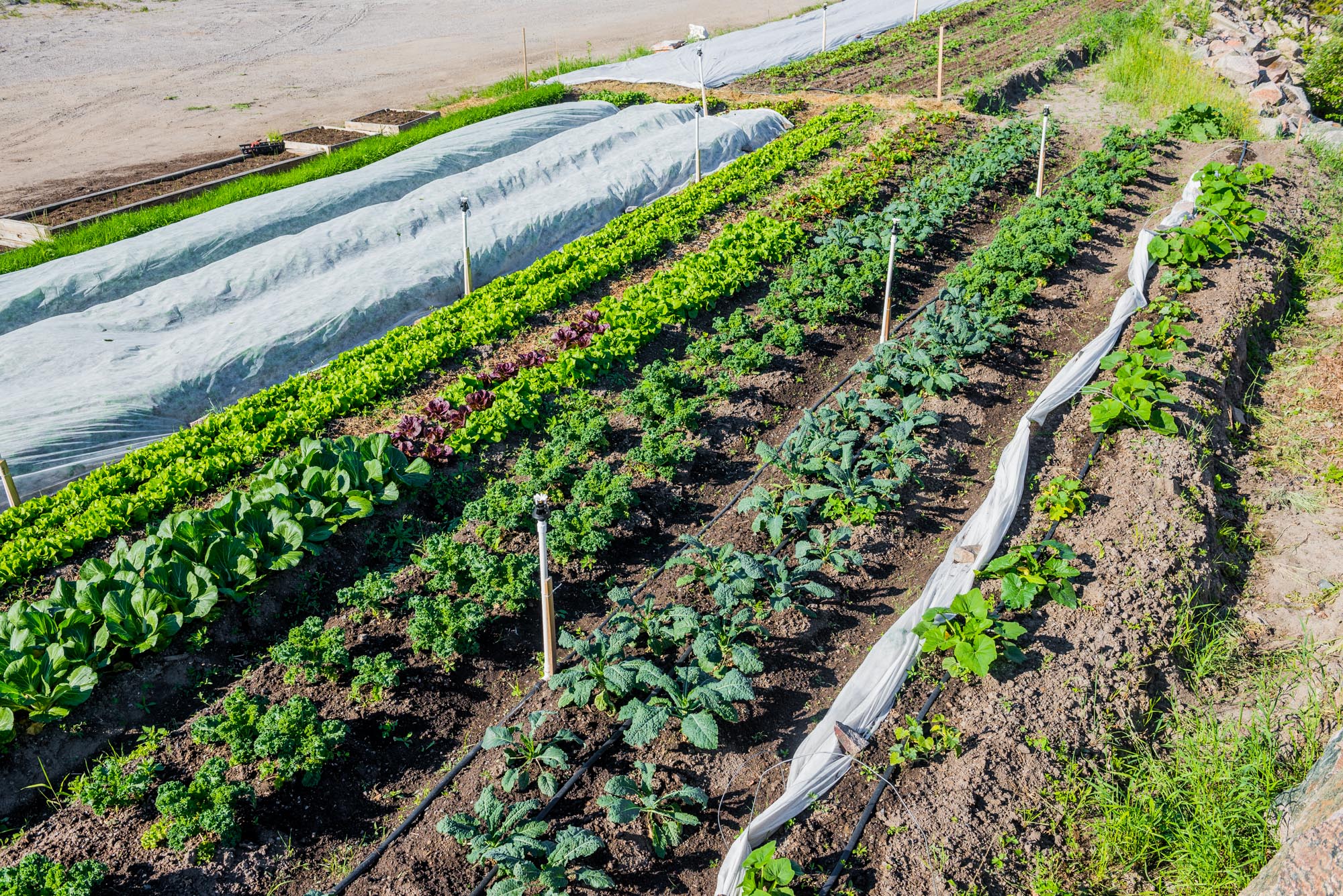

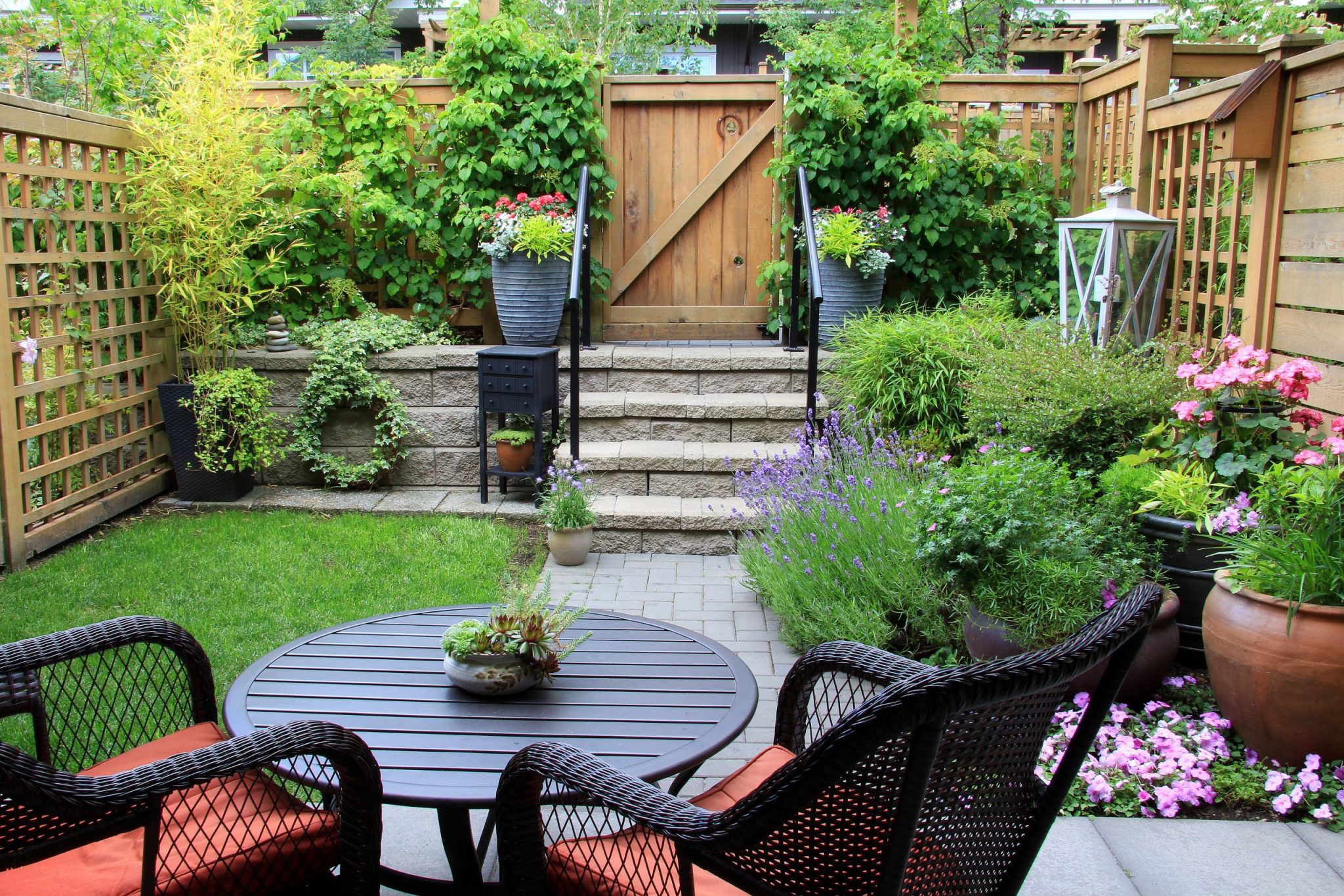



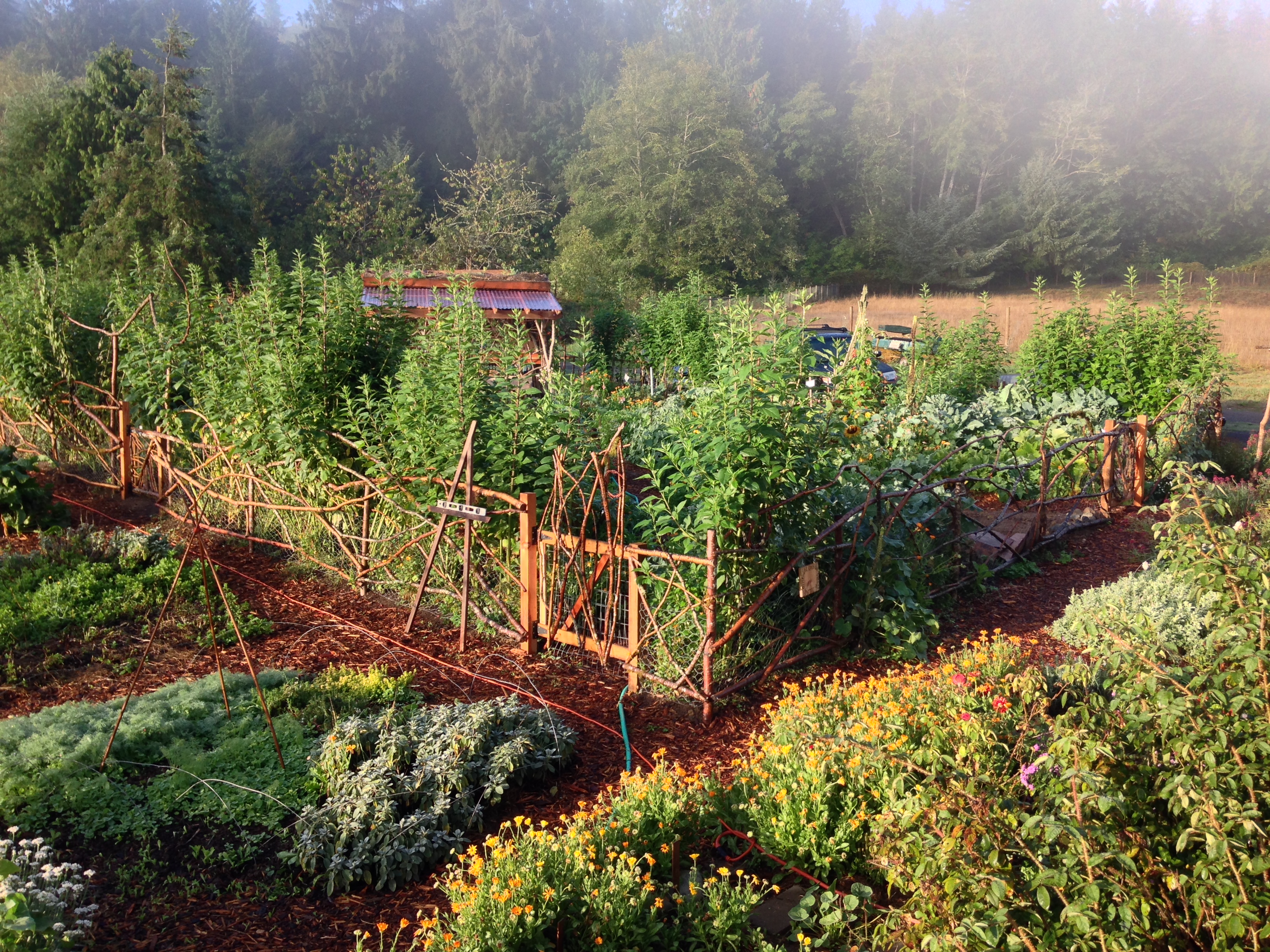

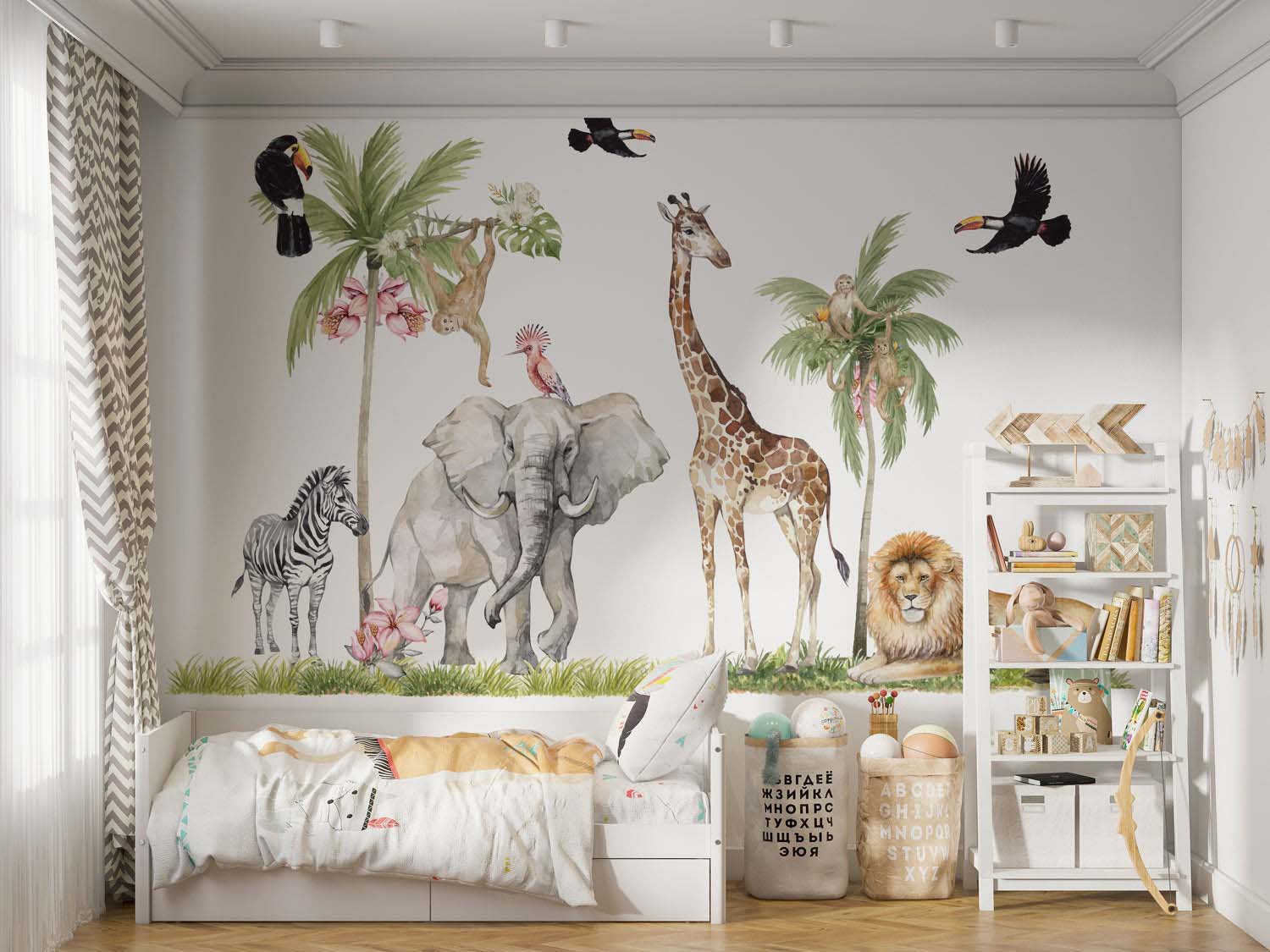


0 thoughts on “What Is Walled Garden”